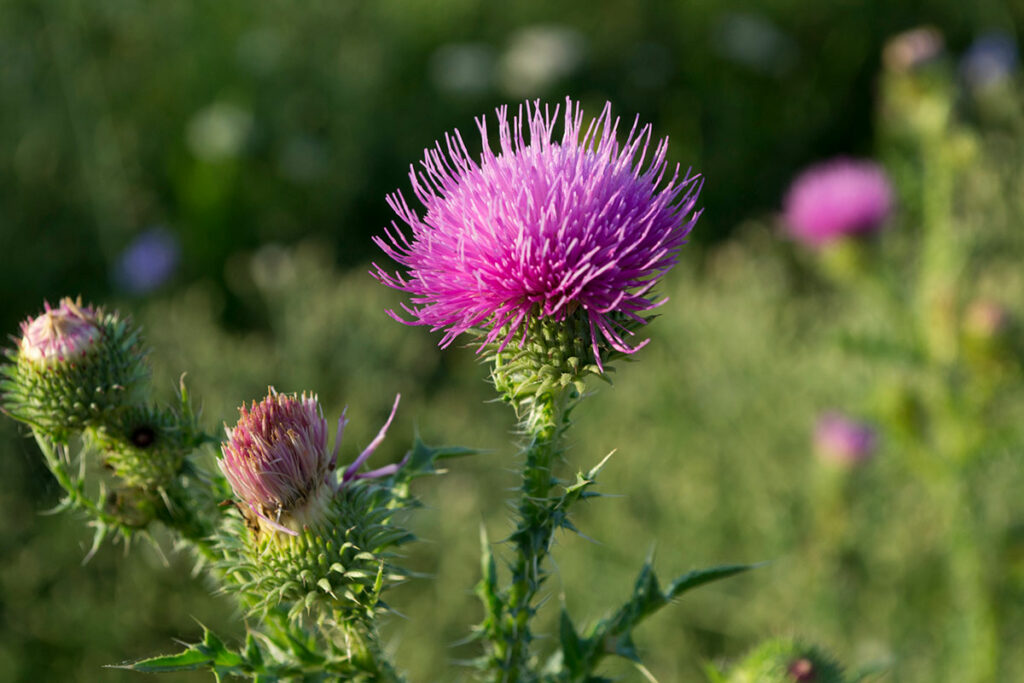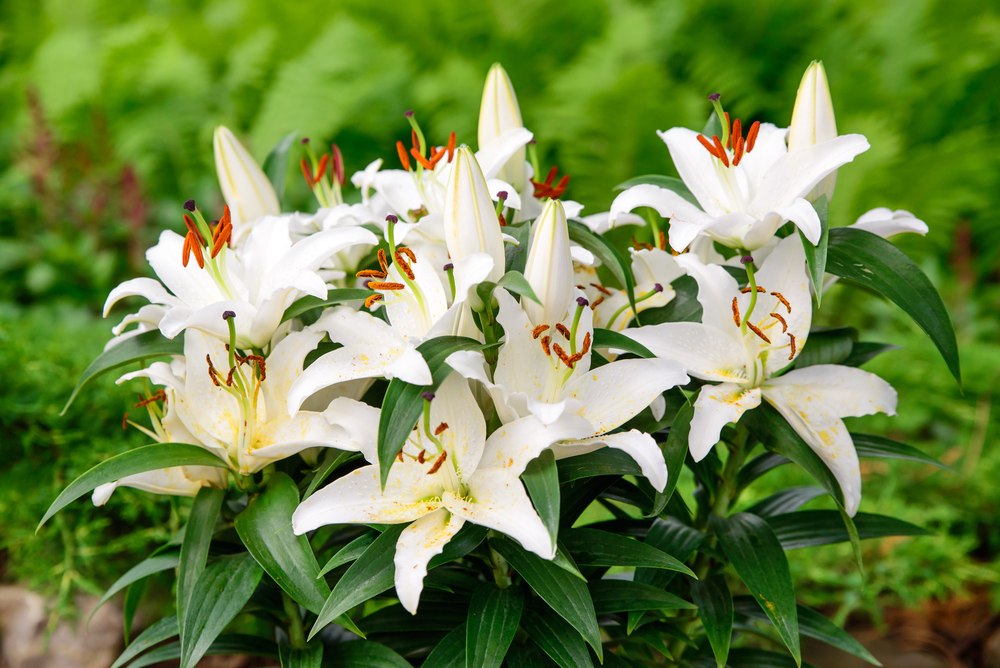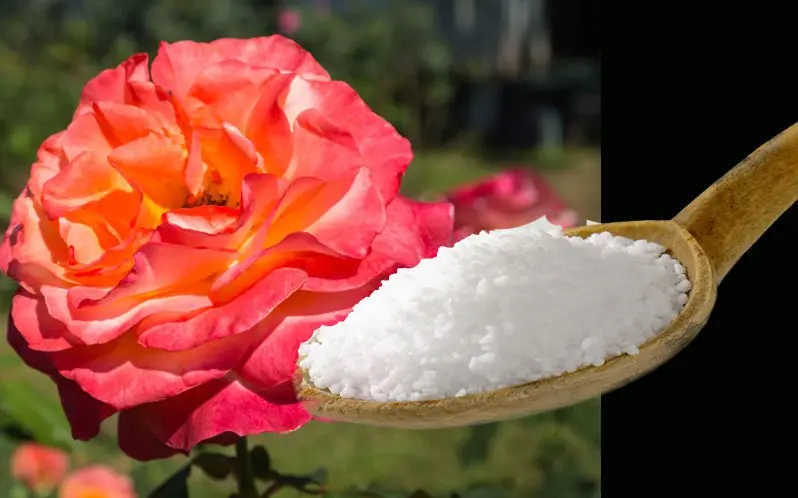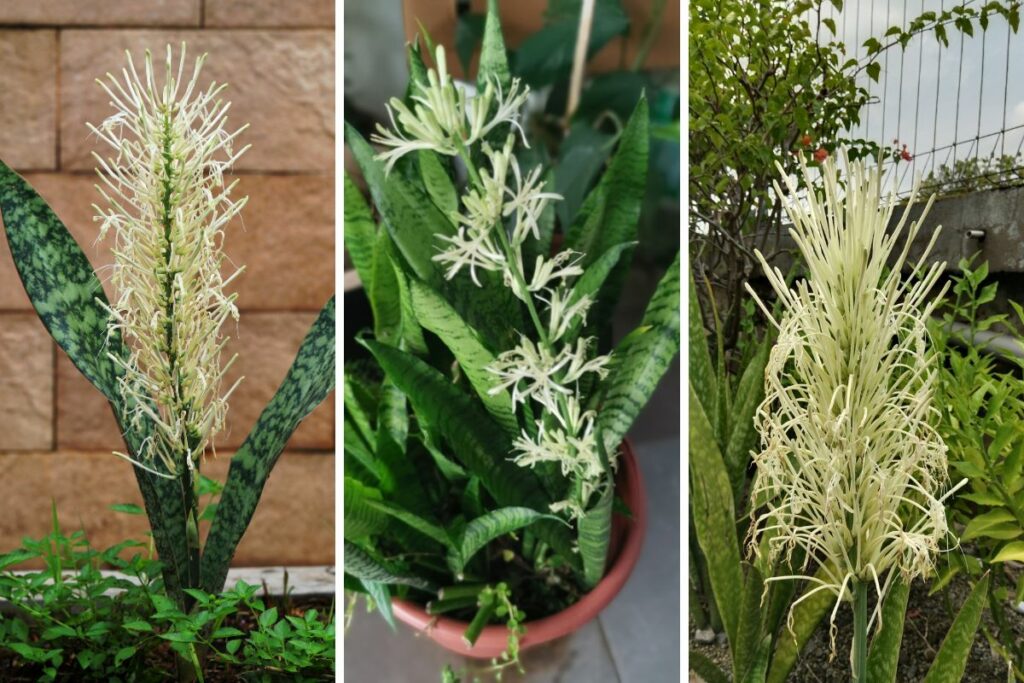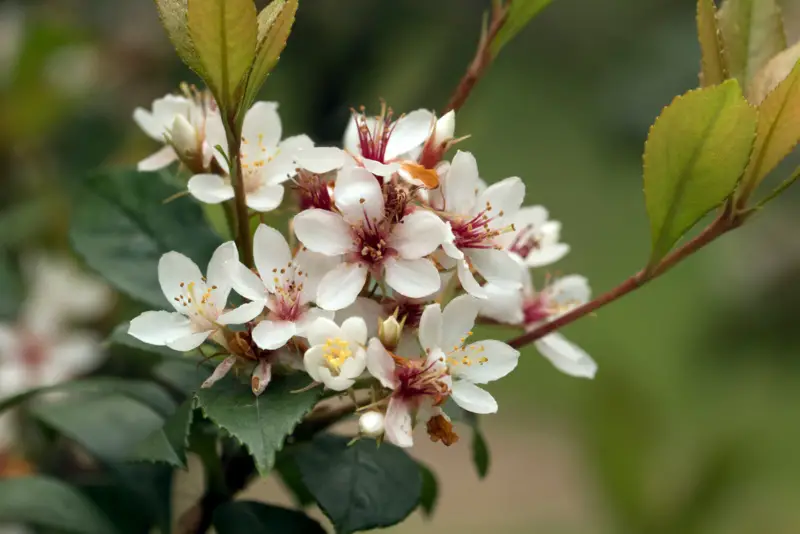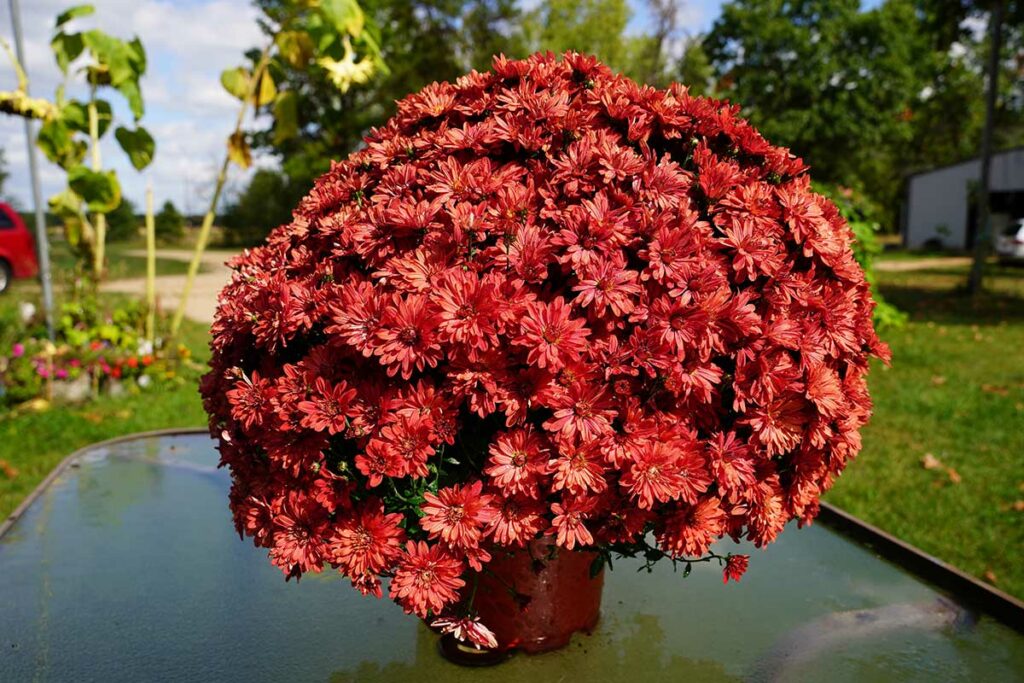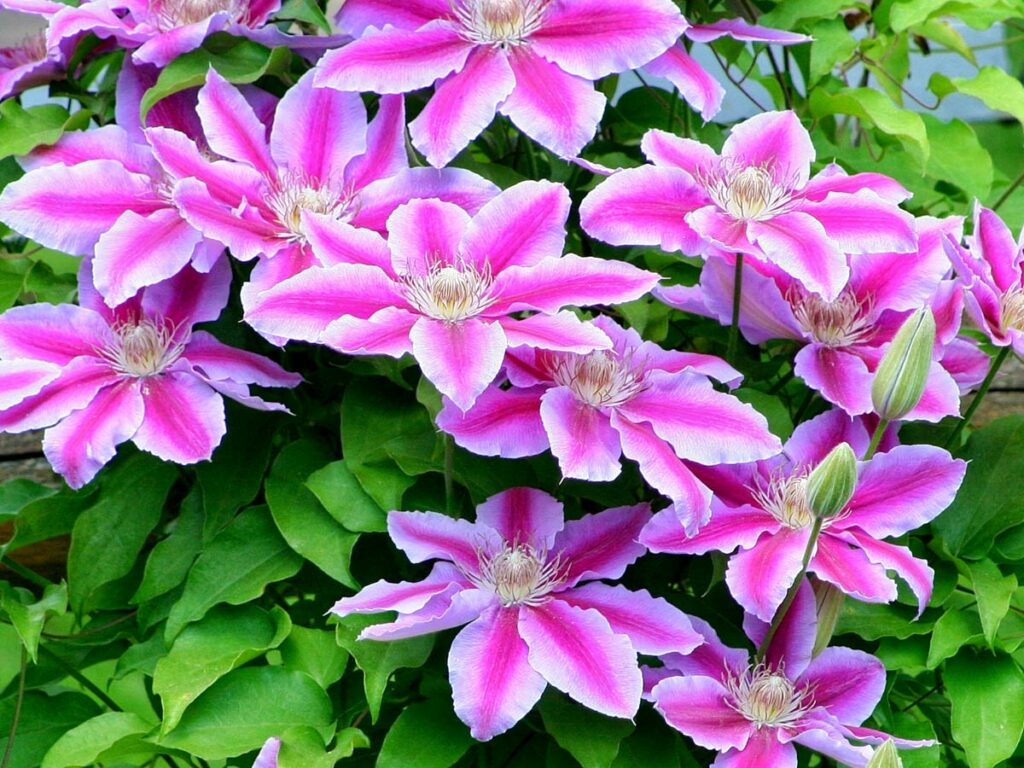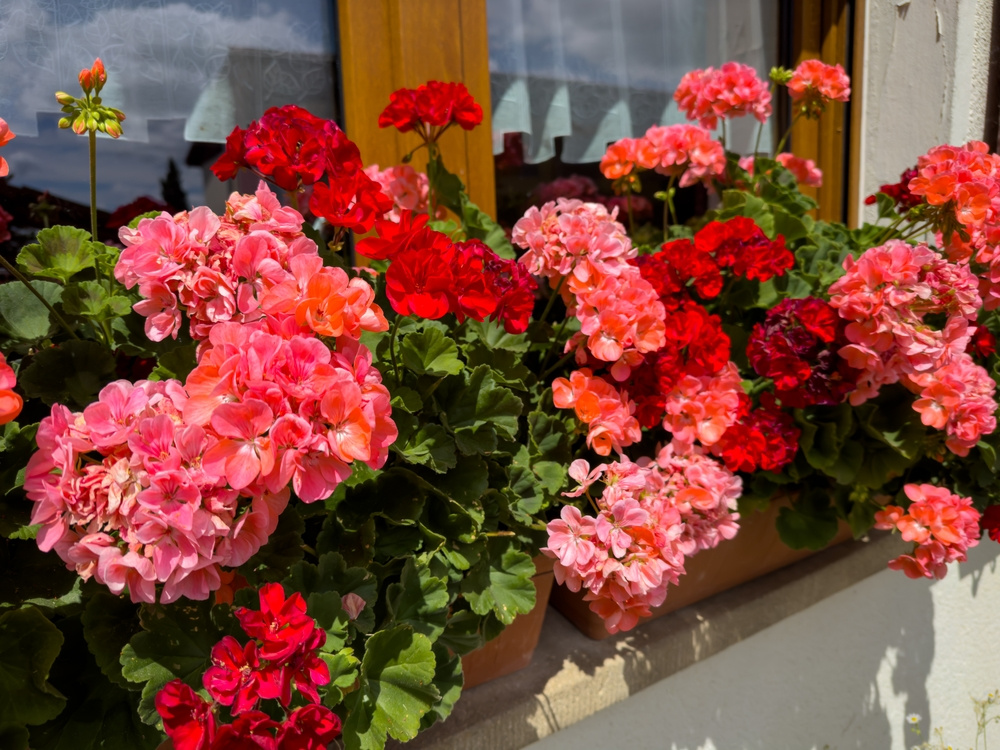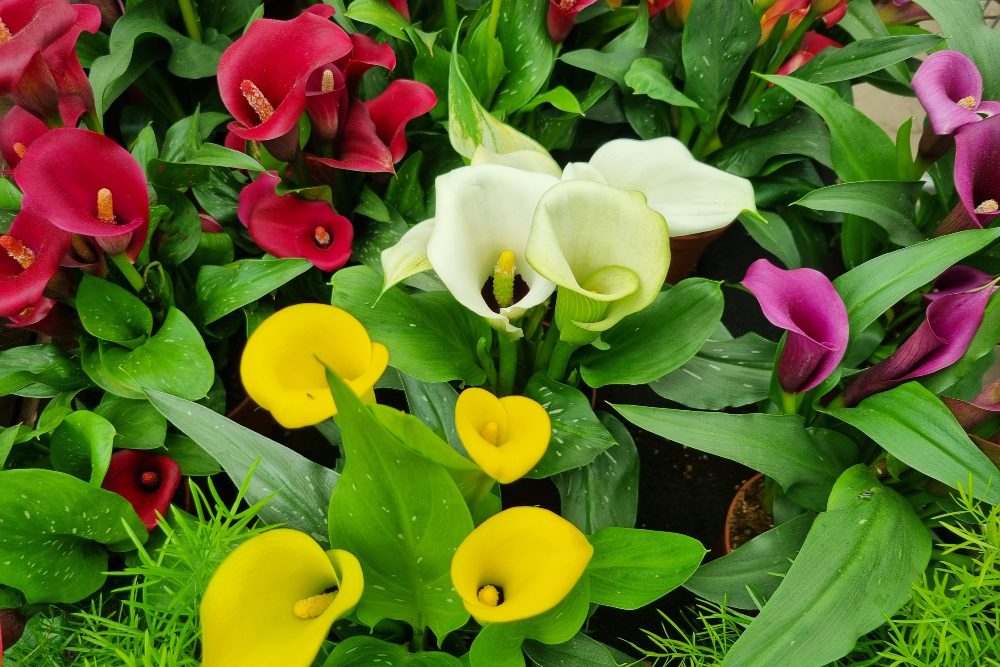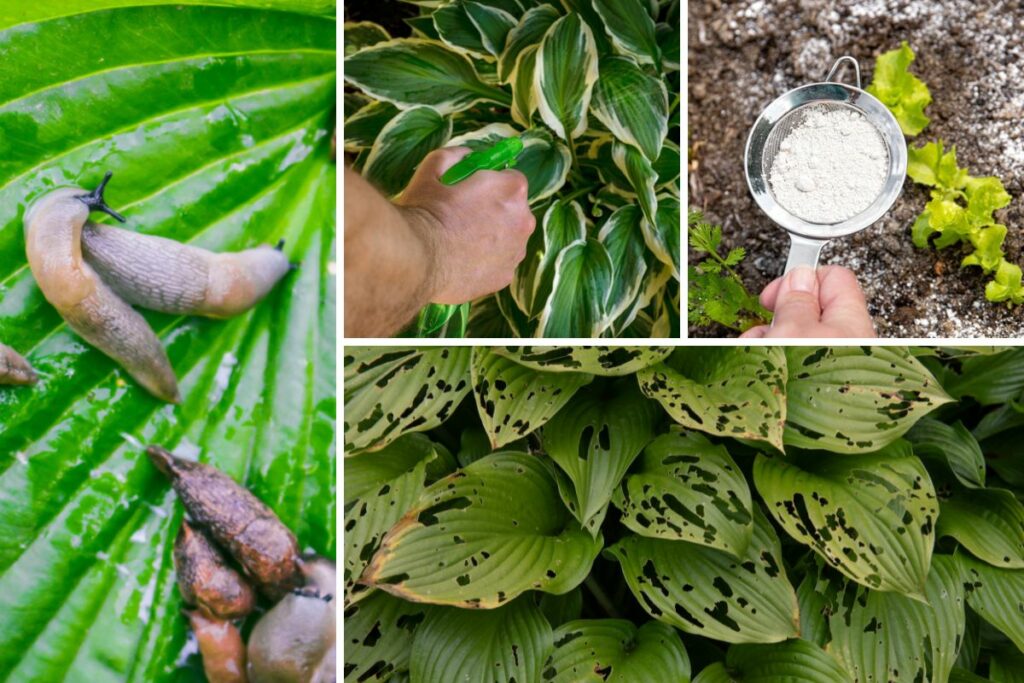
Hostas are a popular and attractive addition to any garden, with their lush foliage and low maintenance requirements. However, these lovely plants are often targeted by slugs, as they provide an ideal environment for these pests to thrive.
Slugs can wreak havoc on your hostas, leaving unsightly holes and damage on the leaves, which can discourage even the most dedicated gardeners.
To keep your hostas healthy and beautiful, it’s essential to take action against slugs. Understanding their habits, preferences, and methods of control can help you implement effective strategies to protect your plants.
By taking preventive measures, using organic methods, and considering chemical control when necessary, you can maintain a slug-free garden and enjoy your hostas all season long.
Key Takeaways
- Slugs cause damage to hostas, but understanding their habits can help protect plants
- Implement preventive measures and consider organic control methods
- Chemical control is an option when needed to maintain a healthy garden
Understanding Slugs and Hostas
Hostas are popular perennial plants known for their attractive foliage and shade-loving nature. They come in various shapes, sizes, and colors, making them a versatile option for gardeners looking to enhance their landscape.
However, slugs can be a persistent problem for these beautiful plants, as they love to feed on their tender leaves.
When it comes to slugs, there’s a specific reason why they are drawn to hostas. These nocturnal creatures enjoy the high moisture content in the plant’s foliage. As you may have observed, hostas are often grown in shady areas, which tend to hold more moisture and create the ideal environment for slugs.
Having a basic understanding of the slug’s life cycle can also be helpful when dealing with this garden pest. Slugs lay their eggs in the soil during the fall, and these eggs will hatch in the spring. The young slugs will then begin to feed on plants, including hostas, at nighttime when the environment is cool and damp. As they grow, they continue to cause damage to your plants throughout the growing season.
Now that you have a better understanding of the relationship between slugs and hostas, it’s important to learn how to manage this problem effectively. Remember that while slugs can be quite a nuisance, using a friendly approach to control them is essential. This means opting for natural, non-toxic methods that will not harm other beneficial creatures in your garden. In the next sections, we’ll explore some helpful tips for dealing with slugs and keeping your hostas looking their best.
Preventive Measures
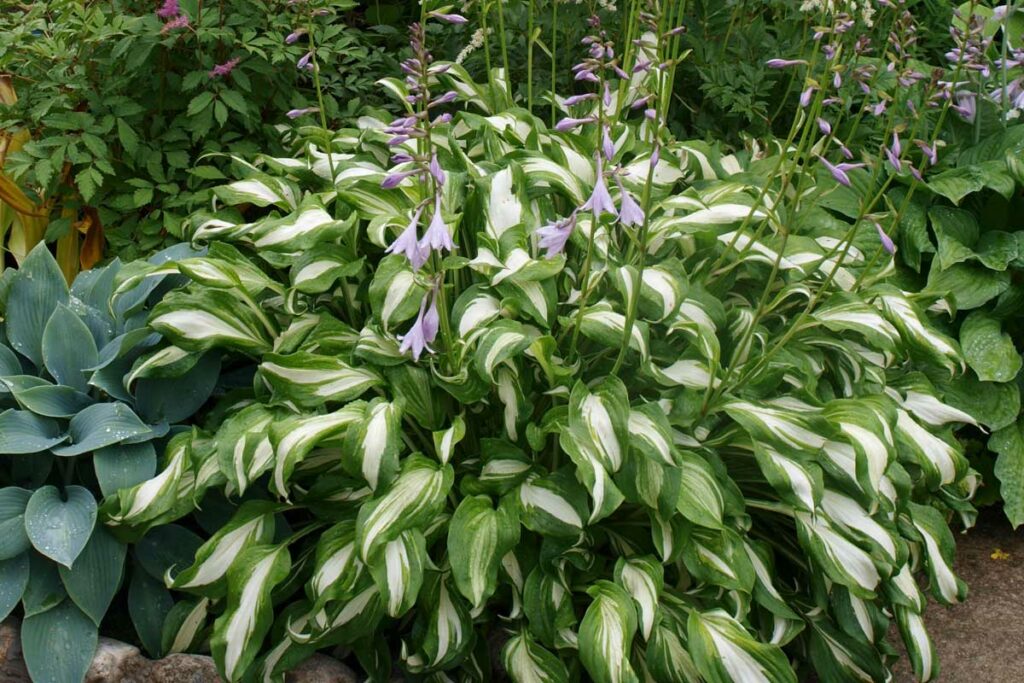
Cultivating Slug Resistant Hostas
Cultivating slug-resistant hostas is a good place to start. While no hosta is completely immune, some varieties are less appetizing to slugs. Look for hostas with thick, textured, or glossy leaves, as these are less attractive to slugs. Examples include:
- Blue Mouse Ears
- Sum and Substance
- Halcyon
By incorporating slug-resistant hostas into your garden, you’re reducing the chances of an infestation and keeping your plants healthier.
Garden Maintenance
Regular maintenance plays a key role in reducing slug populations in your hosta garden. Here are a few tasks to help:
- Remove debris: Slugs love hiding in damp, shaded spots. Keep your garden tidy by removing leaves and other debris that provide shelter for slugs.
- Water wisely: Water your hostas in the morning, so the soil has time to dry before evening, when slugs are most active. This reduces their access to the moisture they need to survive.
- Keep it bright: Lighter and well-illuminated areas are less attractive to slugs. Incorporate plants with lighter-colored foliage or add decorative mulch to increase the brightness of the area around your hostas.
- Set traps: Create beer traps or use copper barriers to deter slugs from feasting on your hostas.
By following these preventive measures, you’ll create an environment that is less appealing to slugs, protecting your hostas and other garden plants from damage.
Organic Methods of Slug Control
1. Hand Picking
One effective method to control slugs on your hostas is hand-picking.
Simply grab a flashlight and head out to your garden at night, when these slimy pests are most active.
Using gloves or tweezers, pick the slugs off of your plants and drop them into a bucket of soapy water. This method, although time-consuming, can drastically reduce their population.
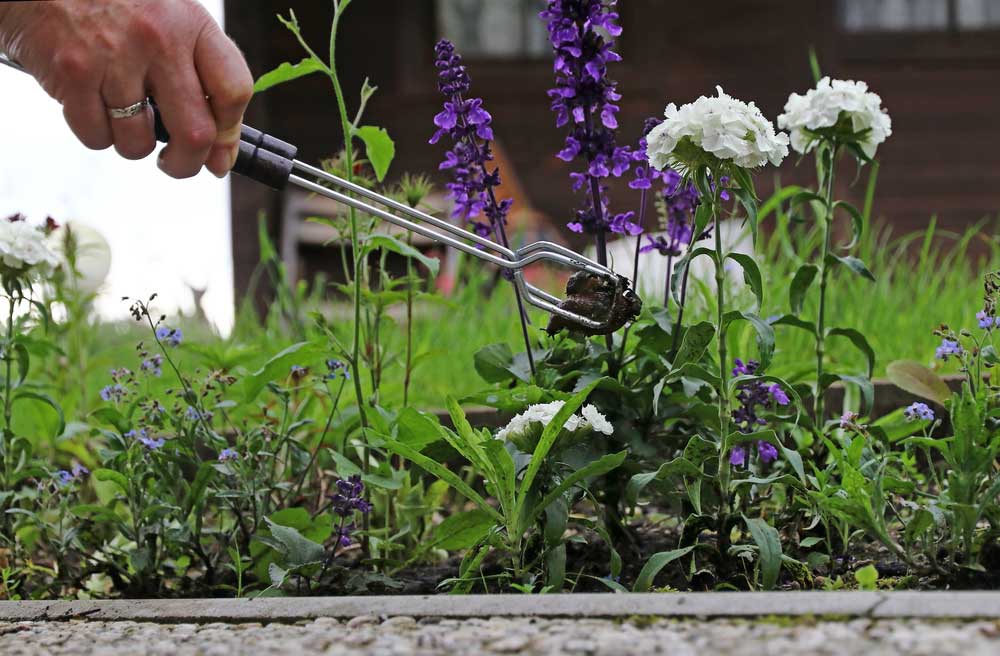
2. Barriers and Traps
Another organic approach to protect your hostas is to create barriers and traps.
- Copper tape: Apply copper tape around the base of your plants or pots. Slugs receive a mild electric shock when they come into contact with it, deterring them from crossing the barrier.
- Diatomaceous earth: Sprinkle food-grade diatomaceous earth around your hostas. The tiny particles can damage the slugs’ moist bodies, making it difficult for them to move across it.
- Beer traps: Bury small containers filled with beer near your hostas. The slugs are attracted to the fermenting smell, crawl inside, and drown in the liquid.
3. Nematodes
For a natural and efficient form of slug control, consider using nematodes. These microscopic organisms can be purchased as a liquid concentrate that you mix with water and apply to the soil around your hostas. The nematodes enter the slugs’ bodies, reproduce, and ultimately cause the pests to die. After a few weeks, you should notice a significant reduction in the slug population.
4. Predators
Encouraging natural predators in your garden can help keep the slug population in check.
- Attract birds by installing birdhouses, bird feeders, and birdbaths.
- Encourage hedgehogs by providing nesting sites and access to the garden.
- Support the frog population by having a pond or other water source nearby.
By using these natural predators, you are not only protecting your hostas but also promoting biodiversity in your garden.
Chemical Control
5. Slug Pellets
Slug pellets are an effective way to control slugs in your Hosta garden. You can scatter these pellets around the base of your hostas, creating a barrier that will kill any slugs that come into contact with them. Choose a slug pellet product that contains either iron phosphate or metaldehyde, as these are proven to be effective and safe for hostas. Remember to follow the product instructions and reapply the pellets after rain, as moisture can lessen their effectiveness.
6. Liquid Slug Killer
Another option for controlling slugs on your Hostas is using a liquid slug killer. This method involves mixing a concentrated solution with water and applying it to your Hosta plants using a sprayer or watering can. The advantage of this method is that it provides thorough coverage and can target slugs that may otherwise have been difficult to reach. Look for products containing either ferric sodium EDTA or metaldehyde, and always follow the manufacturer’s recommendations for application rates and frequency.
7. Using Ammonia To Kill Slugs On Hostas
Ammonia can also be used to kill slugs on Hostas, but it requires careful handling. Mix a 1:10 ratio of ammonia to water in a spray bottle and apply it directly to any slugs you see on your Hostas. Be cautious not to spray the leaves, as ammonia can cause leaf burn. Since ammonia can be harmful to both plants and beneficial insects, only use this method as a last resort and in small, targeted applications.





